“Anything’s possible, Mario. You just gotta believe” – Revisiting the 1993 'Super Mario Bros.' Movie
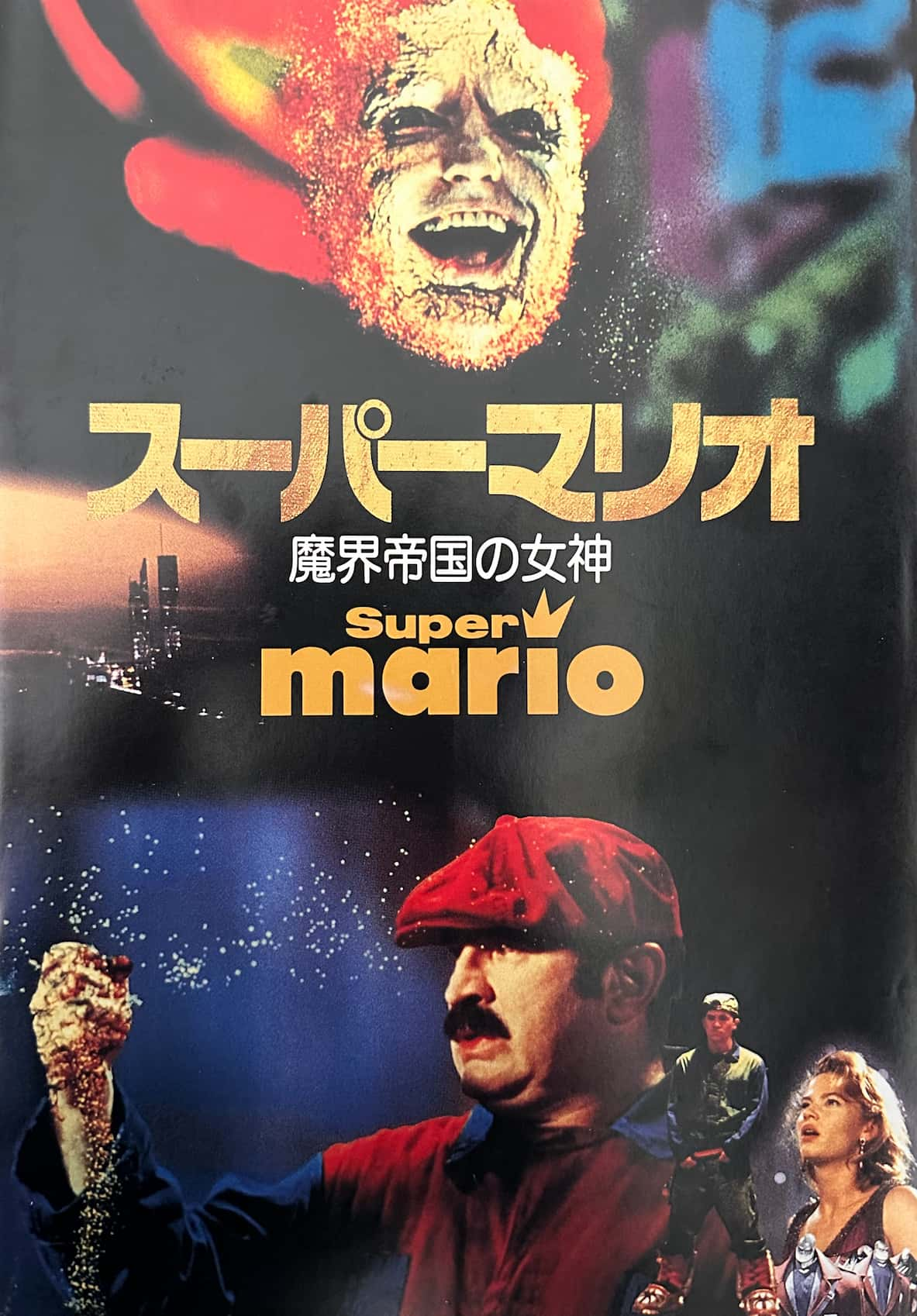
Remember the excitement of playing Super Mario on your Nintendo as a child in the 80s or 90s? The thrill of jumping on Goombas and rescuing Princess Peach from Bowser’s clutches was unmatched. When the live-action Super Mario Bros. movie was announced, fans eagerly anticipated seeing their favorite Italian plumber brothers on the big screen. However, the 1993 film adaptation bombed at the box office, leaving many fans disappointed. Despite its initial reception, it became a cult classic within the 90s video game-based licensed movies genre. As the film approaches its 30th anniversary and with a new CGI 3D animated Mario movie set to release next week, it’s the perfect time to revisit this enigmatic film. Why did this movie fall short, and is it really as bad as its reputation suggests? In this review, we’ll take a closer look at the strengths and weaknesses of this iconic video game adaptation.
Plot

The movie follows the adventures of Mario (Bob Hoskins) and Luigi (John Leguizamo), two Brooklyn-based plumbers who are transported to a parallel universe. In this alternate reality, dinosaurs have evolved into humanoid creatures and inhabit a dystopian city called ‘Dinohattan’ – a pun on Manhattan, suggesting a city ruled by dinosaurs instead of humans.
Mario and Luigi find themselves in Dinohattan after meeting Daisy (Samantha Mathis), an archaeology student who is digging for dinosaur bones under the Brooklyn Bridge. When Daisy is kidnapped by the malevolent King Koopa (Dennis Hopper), the brothers embark on a dangerous mission to rescue her and prevent Koopa from merging the two worlds.
Throughout their journey, Mario and Luigi encounter unusual allies and face various challenges. They also learn about Dinohattan’s origins, which resulted from a meteorite splitting the universe into two parallel dimensions. Daisy, meanwhile, discovers her royal heritage and that she is the key to merging the worlds, as she possesses a meteorite fragment sought by Koopa.
Following a series of battles, Koopa’s girlfriend, Lena, obtains the meteorite fragment but perishes in the process of merging the worlds. Ultimately, the brothers defeat Koopa and restore Dinohattan’s original rulers. Daisy chooses to stay in Dinohattan, and opens a portal for Mario and Luigi to return to Brooklyn.

While the plot is an interesting take on the Super Mario ethos, it ultimately remains nothing extraordinary.
The movie struggles with pacing issues, making the viewing experience inconsistent. Some scenes feel rushed, leaving viewers with little time to process plot points or character developments, while other moments slow down considerably, causing certain scenes to drag on for too long.
Themes

The film introduces a number of interesting themes, such as uncontrolled capitalism, rampant consumerism, self-centeredness, avarice, totalitarianism, and the importance of family bonds. However, it fails to explore these themes in depth, often only touching on them superficially or leaving these themes underdeveloped. This lack of exploration leads to missed opportunities for creating a more nuanced and thought-provoking narrative, ultimately leaving the audience feeling unsatisfied and wanting more from the story.
For example, the dystopian setting of Dinohattan could have been used to examine the consequences of unchecked capitalism and the widening gap between the wealthy elite and the struggling lower class. Similarly, the film could have explored the rise of totalitarianism through the character of King Koopa and his oppressive regime, offering insights into how power can corrupt and its impact on society.
Unfortunately, the filmmakers didn’t push the themes and subtext further, given their aim for a more mature rendition of Super Mario. This shortcoming results in a disjointed narrative that struggles to engage the audience.
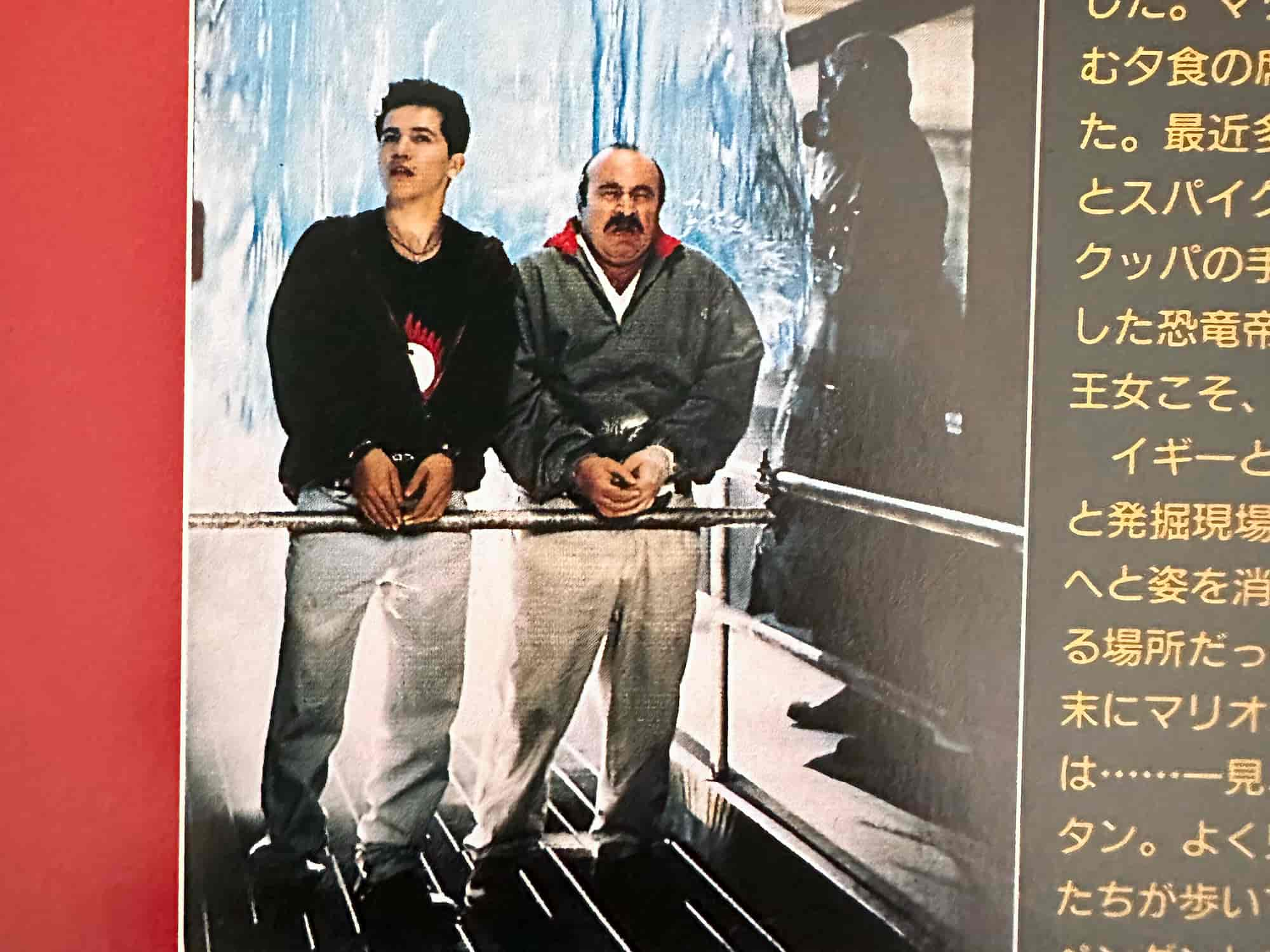
On a positive note, the relationship between Mario and Luigi emerges as the most well-developed theme. The brothers are depicted as being very close and loyal to each other, and their bond is tested as they face various challenges in the parallel universe.
A significant issue with Super Mario Bros. is its inability to maintain a consistent tone. The movie appears indecisive about whether it wants to portray a dark dystopian comedy or a lighthearted, upbeat children’s film. This inconsistency detracts from the overall impact and enjoyment of the film, making it difficult for the audience to become fully immersed in the story.
Characters & Acting

The acting in the film is commendable, with Bob Hoskins, John Leguizamo, and Dennis Hopper delivering energetic, enthusiastic, and playful performances.
Bob Hoskins offers a genuine portrayal of Mario, skillfully capturing the character’s warmth, determination, and protective nature towards Luigi. Despite the challenging script, Hoskins maintains a heartfelt performance, imbuing Mario with his unique charm and wit.
John Leguizamo embraces the role of Luigi, effectively capturing the character’s innocence and optimism. His comedic timing and physical comedy skills add a lighthearted touch to the film. Leguizamo’s strong chemistry with Hoskins as Luigi’s older brother contributes to the overall appeal of their relationship, making it one of the few highlights in an otherwise muddled adaptation.
Dennis Hopper’s delightfully campy and over-the-top portrayal of Koopa showcases his talent as an actor, bringing theatricality and enjoyment to the villainous role.

It’s worth noting that the actors deliver their best performances, even though many involved in the production reportedly disliked working on the project.
The film falls short in providing sufficient depth or backstory for its secondary characters, hindering the audience’s emotional connection. The lack of character development for figures like Daisy, Lena, or even the inhabitants of Dinohattan leaves the audience with little reason to invest emotionally in their struggles.
This deficiency is disappointing given the rich source material and potential for interesting narratives surrounding these characters. For example, exploring Lena’s motivations and backstory or delving deeper into Daisy’s royal heritage and connection to the meteorite fragment would have offered a better understanding of their roles in the story.
Moreover, the movie misses opportunities to create compelling character arcs for the inhabitants of Dinohattan. Exploring their lives under King Koopa’s rule would have added depth to the dystopian world and made their eventual liberation more impactful and emotionally rewarding for the audience.
Ultimately, the lack of development for secondary characters in this movie hinders its overall emotional impact. By failing to engage viewers with these characters’ stories and motivations, the movie misses the opportunity to create a more enriching and satisfying cinematic experience.
Aesthetics & Cinematography
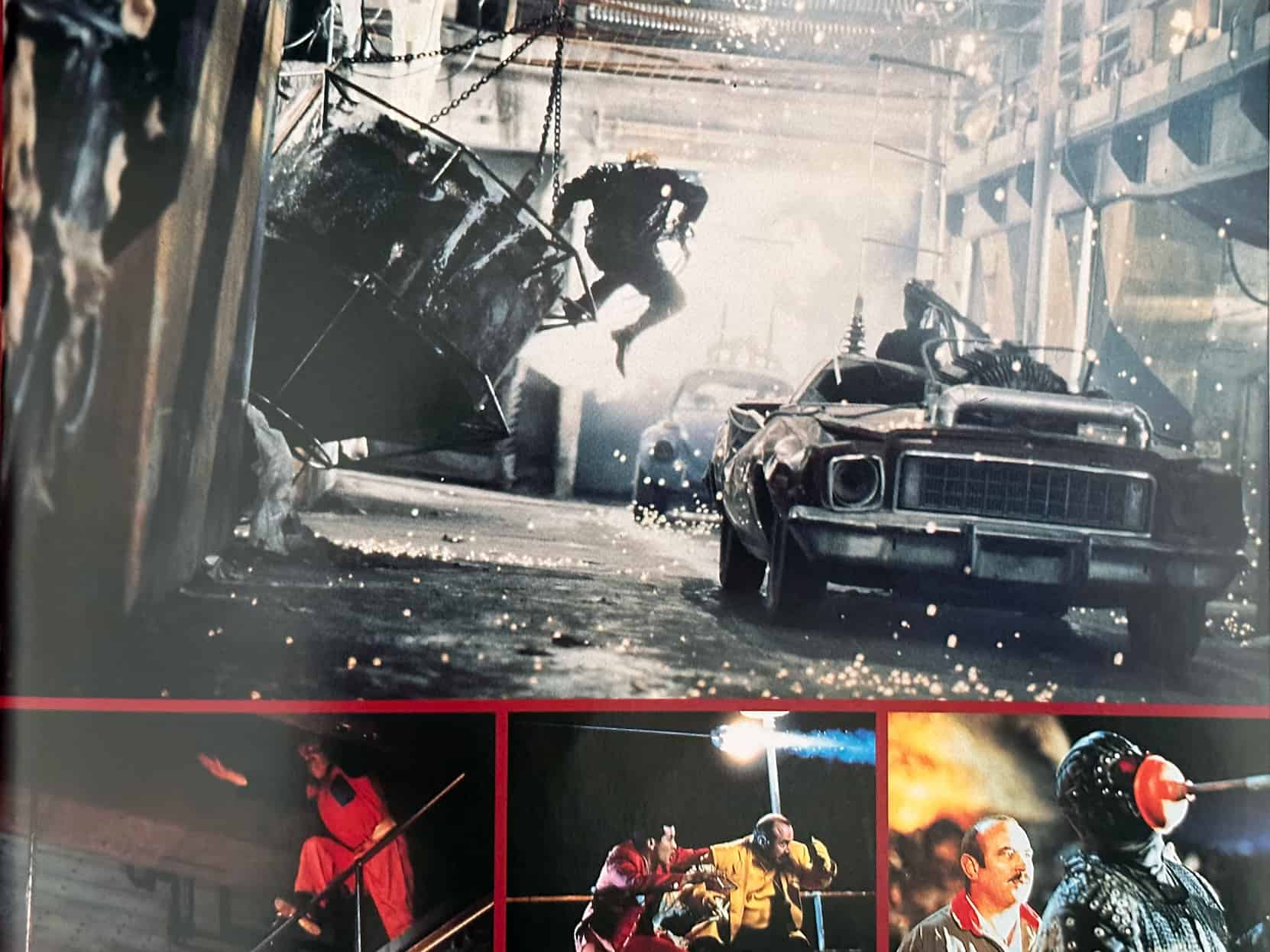
Dinohattan is portrayed as a grimy, industrial city with a dystopian atmosphere, under the control of the nefarious President Koopa and his totalitarian regime. The city appears polluted and run-down, illustrating a stark contrast between the affluent elite living in opulence and the impoverished citizens struggling to survive.
The setting, evocative of a blend between Blade Runner and Total Recall, showcases exceptional set design and inventive direction, culminating in a visually captivating world that embodies the film’s dystopian themes.
The cinematography is skillfully executed, with outstanding lighting that enhances the movie’s dark ambiance. The fusion effect between the dinosaur world and Brooklyn is adeptly depicted, capturing that quintessential ’90s fantasy and sci-fi essence.

David L. Snyder, the film’s production designer, merits praise for his innovative vision in realizing Dinohattan. Known for his work on iconic films like Blade Runner, Snyder employs his expertise in crafting dystopian environments to develop a distinctive and engaging visual style for Super Mario Bros. His meticulous attention to detail and imaginative set designs significantly contribute to the movie’s unforgettable aesthetic.
The costumes and practical effects are noteworthy. Yoshi’s puppetry stands out as an exceptional accomplishment, surpassing even some contemporary CGI techniques.
Despite being a rather loose adaptation, there are a few nods to the original source material, with characters like Bullet Bill and Bob-omb appearing in their classic forms, and Mario and Luigi putting on their iconic red and green outfits towards the film’s conclusion.
Music & Sound
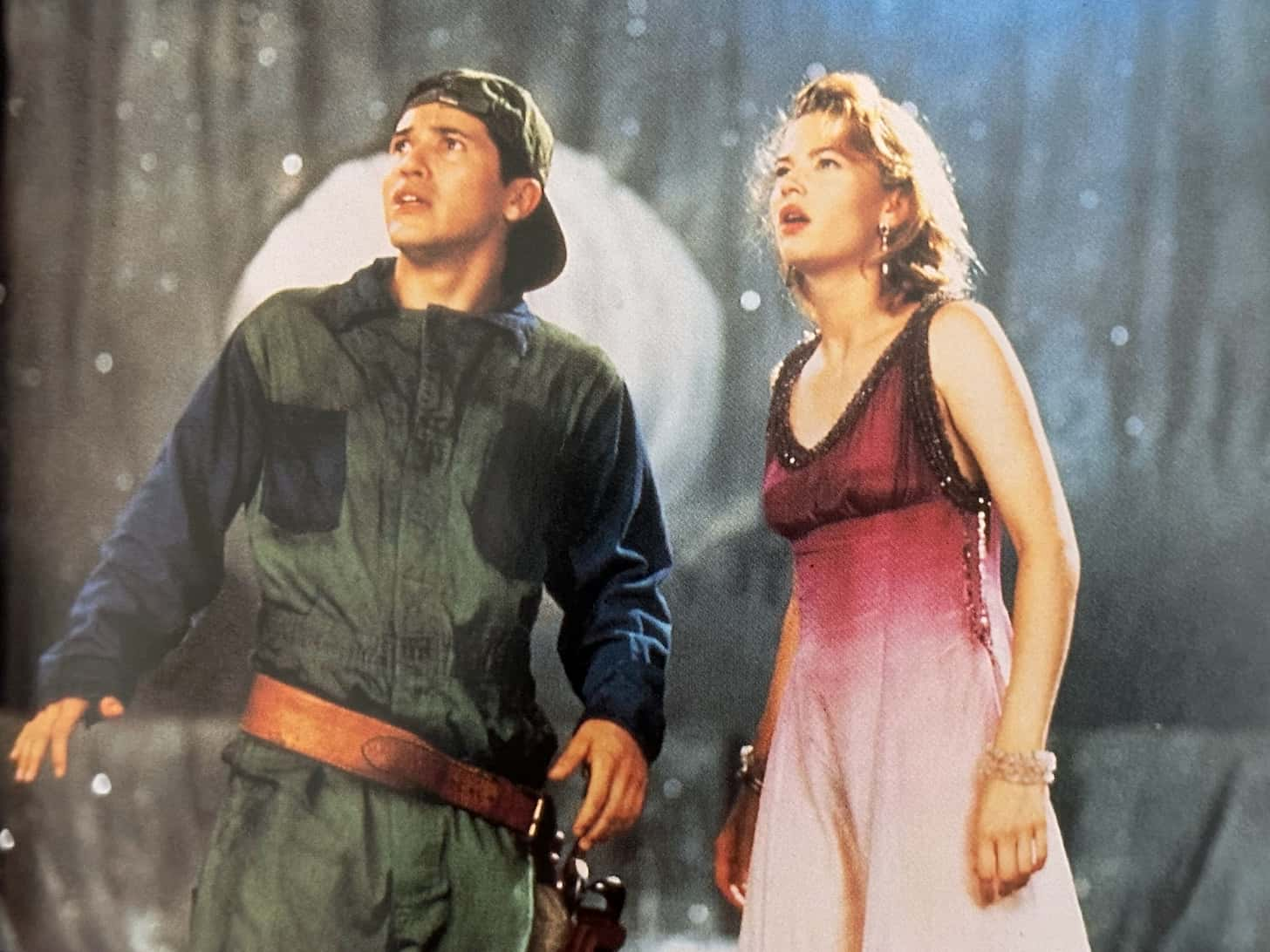
Alan Silvestri’s score is a notable element of the movie, offering a diverse mix of compositions, from intense orchestral themes to whimsical melodies. The “Main Title” is particularly striking, evoking goosebumps with each listen, while the memorable brothers’ theme combines entertainment and humor, leaving a lasting impression since its debut in the theater.
The film features well-crafted sound design, with impressive sound effects that effectively enhance its dystopian atmosphere.
Production

The Super Mario Bros. movie, released in May of 1993, was a box office flop. With a budget of $48 million, it only managed to gross just under $21 million. Currently, the film holds a 29% approval rating on Rotten Tomatoes, based on 42 reviews, with an average rating of 4.10 out of 10.
As the first movie based on a video game, directors Jankel and Morton were attempting something that had never been done on such a large scale, making it a daunting task. The situation was further exacerbated by constant script rewrites. The script changed so frequently that the actors didn’t see the point in reading new revisions.
The movie has left a bad taste in the mouths of all those involved in its production. Bob Hoskins even cited Super Mario Bros. as the worst thing he ever did when asked during an interview.
For those interested in learning more about the movie’s messy production, I suggest watching these two informative YouTube videos:
The Super Mario Bros. Movie | Gaming Historian
Super Mario Bros. - WTF Happened To This Movie?
Conclusion
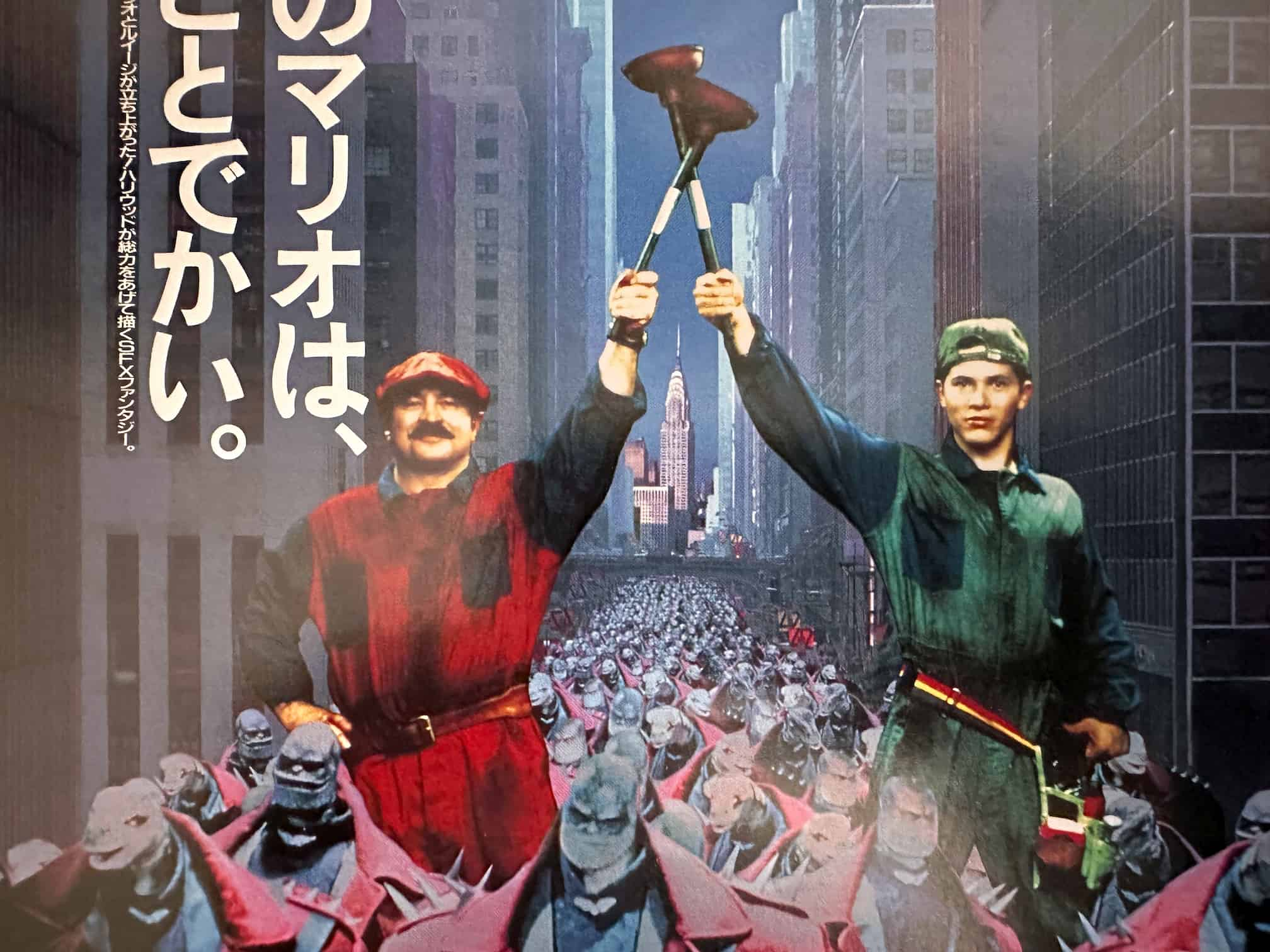
Super Mario Bros., though not considered a great movie, stands out from other video game adaptations due to its bold and creative departure from the source material. As a standalone dystopian comedy, it offers decent entertainment, complete with a nostalgic visual style that recalls the era of its release.
The film’s positive aspects are overshadowed by its bland plot and lack of fidelity to the beloved video games. The movie fails to capture the whimsical charm and simplicity of the Super Mario universe, leaving fans disappointed and bewildered. The plot feels contrived, as if the Mario franchise was shoehorned into a movie that barely resembles its universe, with references feeling haphazardly placed, which may be attributed to its troubled production and multiple script rewrites that likely affected the overall screenplay quality.
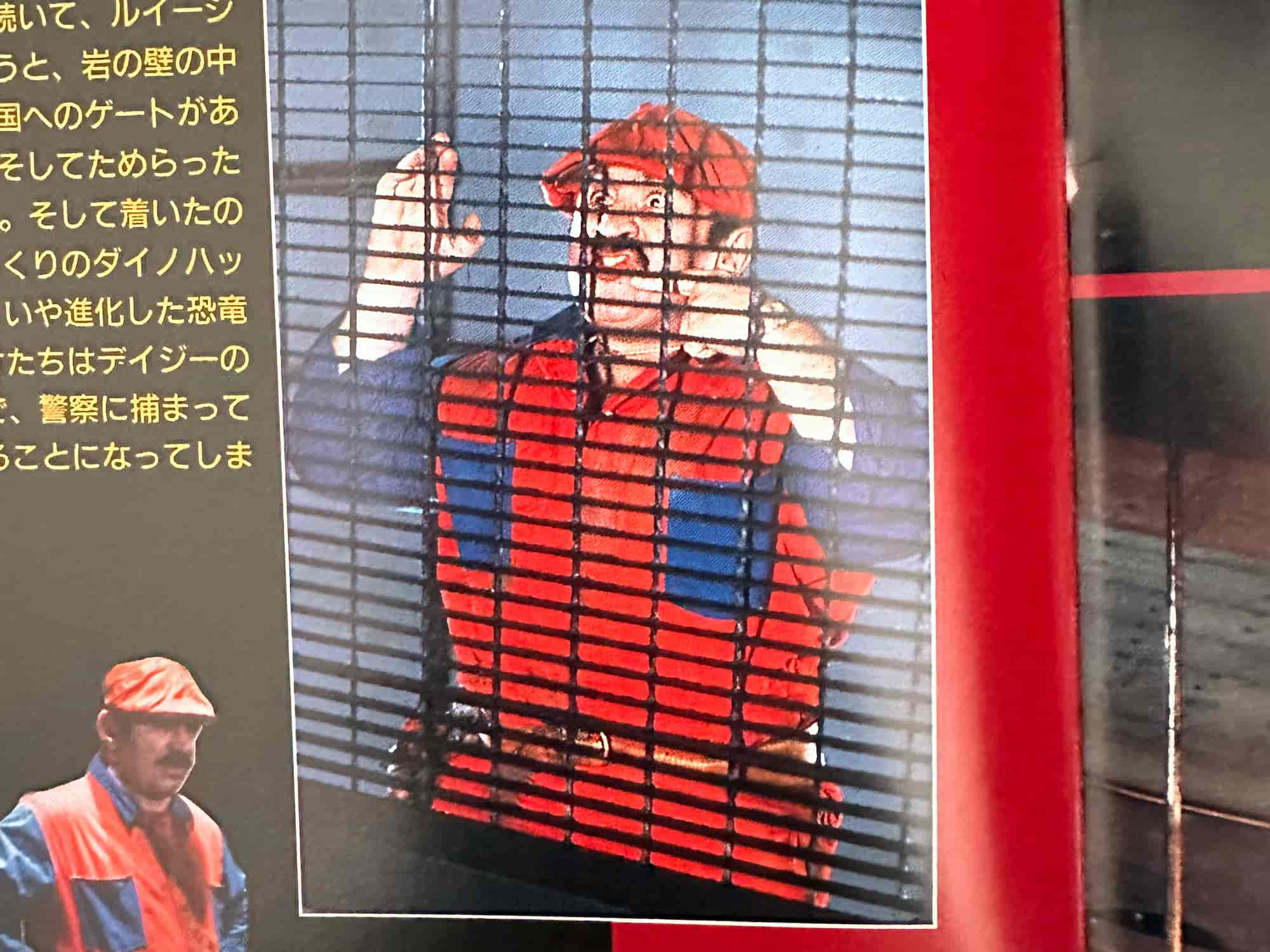
Considering the unprecedented challenge of creating the first feature-length video game movie, the film deserves recognition for its creativity and inventiveness. The actors excel with what they’re given, especially in light of the reportedly difficult production process. The final product, while not a great movie by any means, remains cohesive and watchable.
Super Mario Bros. was released during a time when edgy and dark movies were becoming popular, and some may have seen an opportunity to make Mario more adult and dark as a result. While this decision may have seemed natural at the time, it ultimately proved to be misguided, given the difficulty of translating the whimsical charm and simplicity of the Super Mario universe into a darker, more mature narrative. Moreover, the movie failed to entertain its target demographic of young Nintendo fans, who were likely expecting a faithful adaptation of the beloved video game franchise.
Good:
Unique and visually captivating dystopian setting
Impressive set design and creative world-building
Solid performances by Bob Hoskins, John Leguizamo, and Dennis Hopper
Memorable score and sound design
Effective use of practical effects and puppetry
Bad:
Deviation from the source material, resulting in an unfaithful adaptation
Inconsistent tone, causing a disjointed narrative
Pacing issues with some scenes feeling too rushed or dragged out
Underdeveloped secondary characters and lack of emotional depth
Inadequate exploration of themes
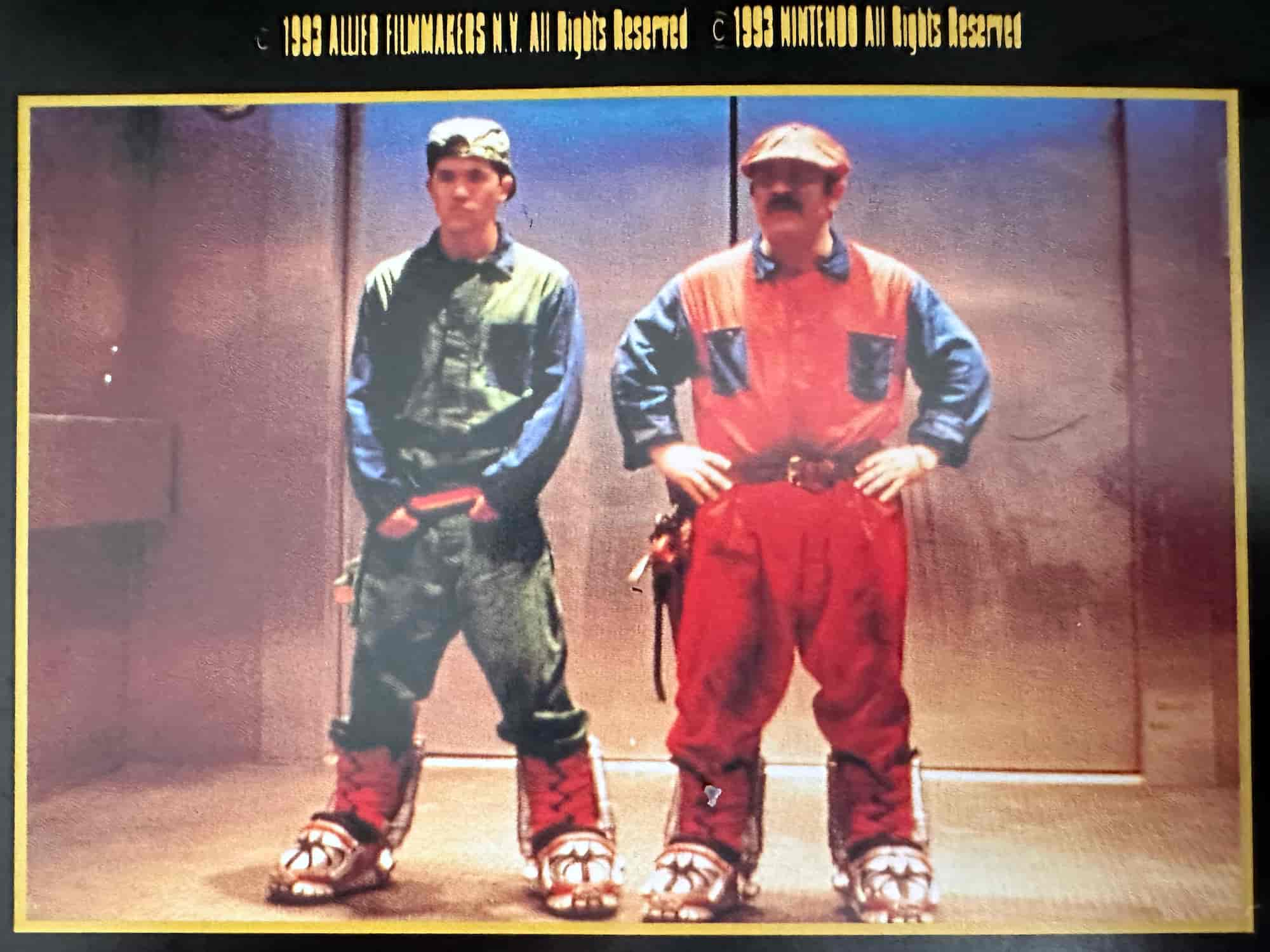
Related Articles
 “The Science Behind Pixar” Exhibition in Roppongi Hills
“The Science Behind Pixar” Exhibition in Roppongi Hills